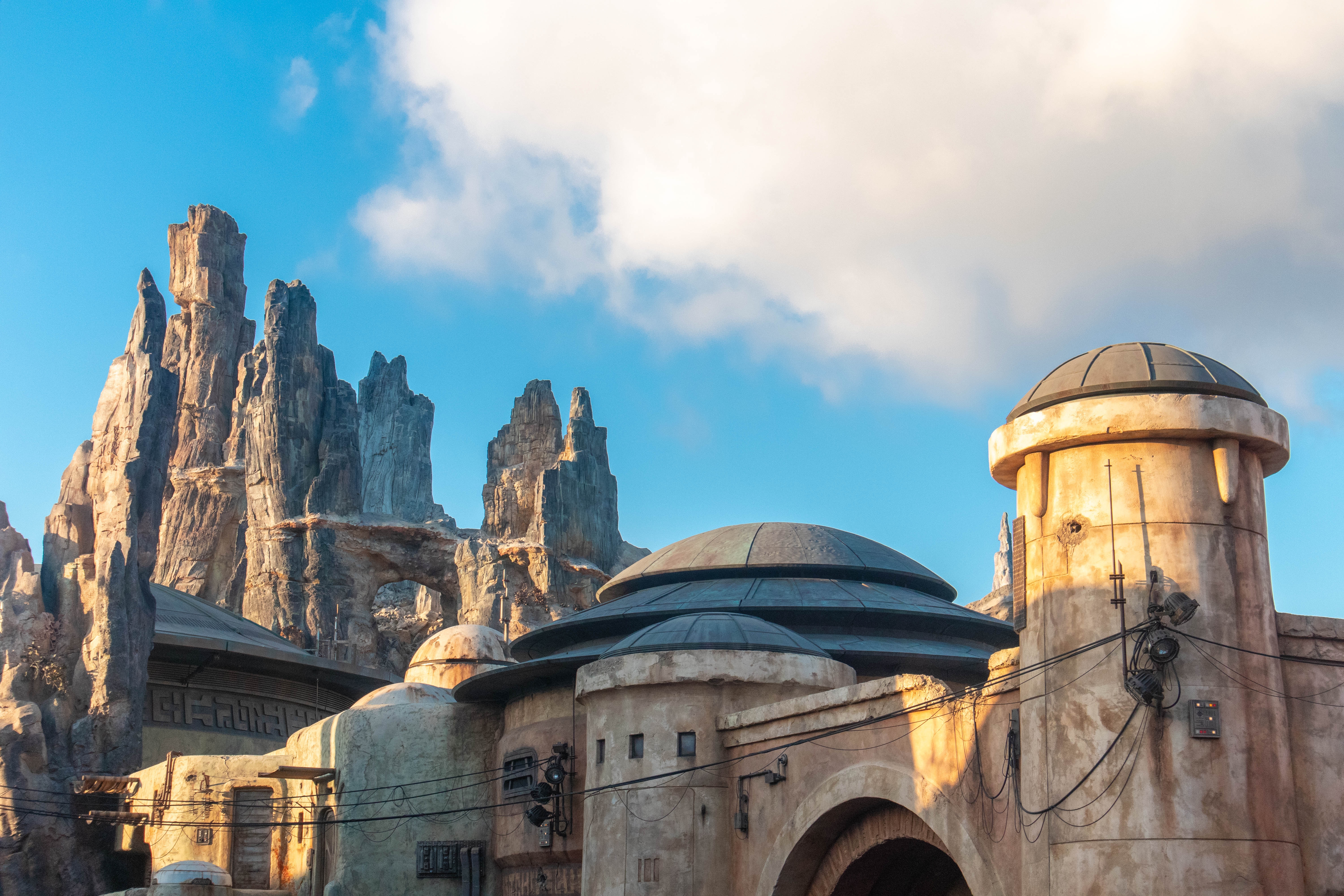Victoria Jane on how the most iconic soundtrack ever reached its crescendo
The musical styling of John Williams has been greatly revered for years and certainly with good reason. Creating such spectacular masterpieces, it is no wonder his music has stood the test of time. In fact in 2016 (nearly 40 years after the first film) Star Wars soars past even Harry Potter in the box office, a true testament to the power of Williams’ music.
The scores are primarily performed by a symphony allowing all individual groups and characters to be presented through various musical attributes. Williams created the music for the primary feature films, with the original work spanning from 1977 to 2019- and including both original trilogies- they count as some of the greatest work known and contributed to film music. While many new composers, including Kevin Kiner, Ludwig Göransson, Natalie Holt, Nicholas Britell, and Ryan Shore were added for the later spin-offs, his legacy has branched through all of these films and series that followed.
To ensure his work was regularly revisited through these to allow for the authentic themes and sound to remain through the whole of the Star Wars universe. There was a constant motif of alien sounds created through the exotic sounds and textures included within the rest of the music. It was through this sense that Star Wars chose to divert from the traditional sounds and forms of science fiction within movies.
Before this time there were a lot of computerised and synthesised sounds to create the extraterrestrial feel within the films. With Williams being briefed directly by George Lucas there was no mistaking the feel within the trilogies, as a result, he managed to create a syncopated and unfamiliar tune unlike anything heard in films prior.
Star Wars episode IV: The New Hope, the first instalment of the trilogy, offers some of the greatest pieces of symphony from the first moment. With Darth Vader’s theme used constantly with all of the darker characters as well as Luke Skywalker’s theme being so successful that it in fact was then used as the main theme music for the rest of the film. With Williams using the trumpets, horns and trombones to their full register to allow a lustrous fanfare to establish the Star Wars universe and ensure that its true individuality shone through.
Similarly this trilogy finishes with the same strength and power, leaving a lasting effect on the audience. This occurred particularly through the use of Yoda’s theme when his character dies to allow for the audience to experience a glorious farewell to a beloved character. It is undeniable that over the near four decades that the two trilogies spanned, there were slight alterations within the music and as it became more defined and even became more in-line with the the expected tones of Earth. However, Star Wars is so deeply embedded into our lives that any attempt at recreating the greatness would simply be futile.
Both George Lucas and John Williams created such an original masterpiece that a simple jazz tune or metal guitar solo thrown into the mix couldn’t affect the power of the composition. Williams had created a true legacy through Star Wars and it is and always will be such a vital part of pop culture, surely to go down in history as the orchestral wonder that both he and Lucas so skillfully created.
